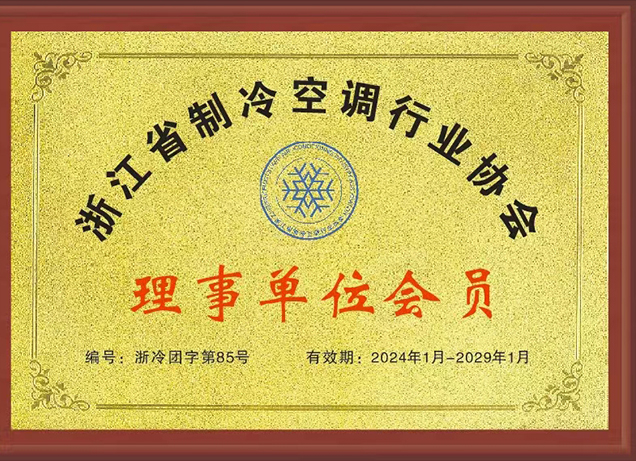Operating principle of zeolite rotor:
High concentrations of organic waste gas from the zeolite material with organics can be desorbed by adding a small amount of heating air. The process air volume in the rear section will become smaller by concentrating according to the air volume ratio.
The slowly rotating rotor automatically rotates the adsorbent material containing organics from the adsorption section to the desorption section, and the adsorbent material after desorption and recreation will re-adsorbs the organic waste gas.
Advantages:
The molecular sieve rotor concentration device realizes continuous adsorption and online desorption of waste gas, and the content of VOC in the gas after adsorption treatment can be reduced below 1PPM which with advantages of good effect, continuous operation and simple operation. Continuous desorption with heating air increases the concentration of exhaust gas by 5-20 times and reduces the exhaust gas by 5 to 20 times.
After concentrating the exhaust gas with large air volume and low concentration to the exhaust gas with low air volume and high concentration, and the concentrated exhaust gas can be condensed, burned or other processes.
▶
▶
Application industry :
Exhaust treatment of various painting workshops (automobile manufacturing, shipbuilding, bicycle manufacturing, aircraft manufacturing, metal products, etc.); exhaust treatment of various printing workshops (rotogravure printing printing, construction and decoration materials printing, other printing processes); exhaust treatment of aluminum profile production, coating process, etc.; exhaust treatment of various electronic product manufacturing processes; exhaust treatment of semiconductor integrated circuits and liquid crystal display (LCD) manufacturing processes; exhaust treatment in lithium-ion battery manufacturing(electrode forming process, electrolyte filling process); exhaust treatment in the production of resin, rubber, tires and other products; exhaust treatment of volatile organic compounds from dispersed sources such as auto repair shops and clothing dry cleaners.



 English
English 简体中文
简体中文



























 View All
View All
